If you’re a serious student of the occult, metaphysics, ritual, the supernatural, or the practice of magic(k), these are the movies you owe it to yourself to see, and more than once!
The Serpent and the Rainbow (1988)
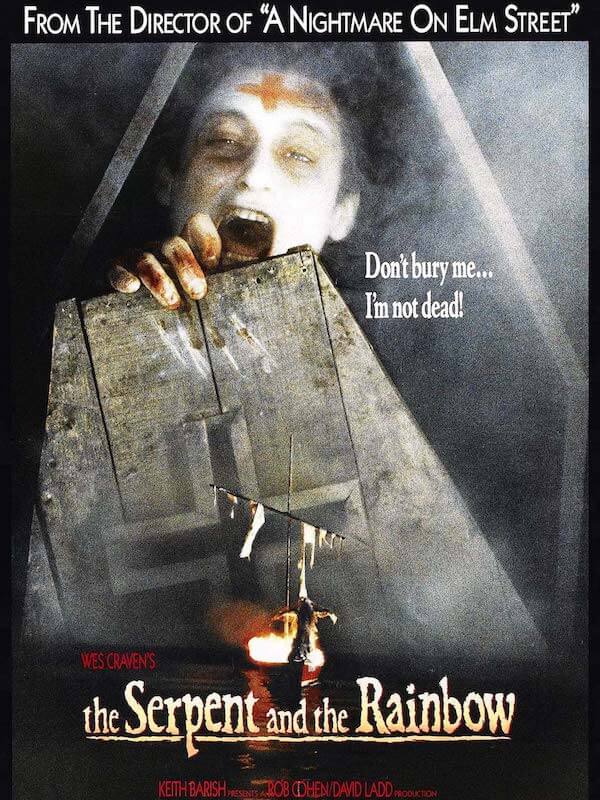
In this outstanding 1988, Wes Craven adaptation of Wade Davis’s Voodoo-horror novel of the same name, Harvard researcher (Bill Pullman) travels to Haiti to procure an alleged secret “zombie” powder said to place people in a state of simulated death. His investigation, however, takes him much deeper into the world of Haitian Voodoo and black magic than he’d ever anticipated, finally leading him to the critical point in the film where he gasps the well-known movie tag: “Don’t bury me . . . I’m not dead!” What makes this film especially worthwhile is the attention to detail Craven pays to portraying Haitian society, (filming in Haiti and the Dominican Republic), and to depicting the all-pervasive role Voodoo plays in Haitian culture. This is an excellent primer for anyone who has never witnessed the process of alchemy or the practice of Voodoo ritual and is a pretty damn exciting thriller even if you have.
The Ninth Gate (1999)
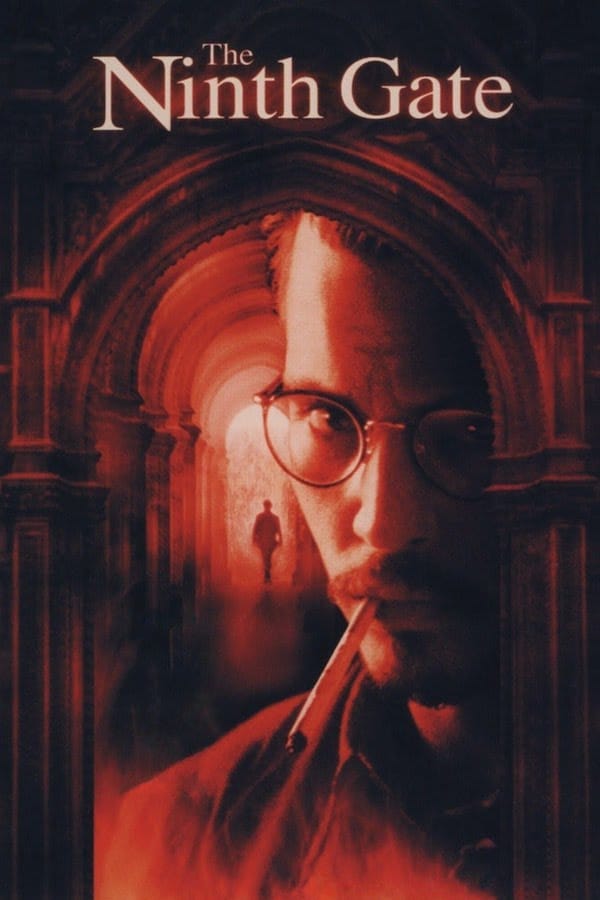
In this 1999 mystery-thriller directed by Roman Polanski, a rare book broker named Dean Corso (Johnny Depp), who makes his living tracking down valuable books for wealthy collectors, is hired by Boris Balkan (Frank Langella), a New York millionaire with a vast collection of occult literature. Balkan wants Corso to locate and authenticate the two remaining copies of a book called, The Nine Gates to the Kingdom of Shadows, a book said to have been co-written by Satan himself in the 17th century. As Corso goes in search of the remaining copies, facing a half dozen close calls and supernatural encounters, he learns that the books contain clues to a puzzle that when pieced together formulate a ritual that can summon the Devil. While this film provides plenty of the suspense and supernatural drama classic-horror lovers relish, it’s the attention to the age-old practice of conveying esoteric knowledge in writing and engravings involving encryption and cipher systems that is the most important element for the student of the occult. Additionally, in the final scenes where Balkan gets his ultimate wish–to summon Satan–the ritual enactment is among the most authentic ever presented on film. Pay close attention!
Altered States (1980)
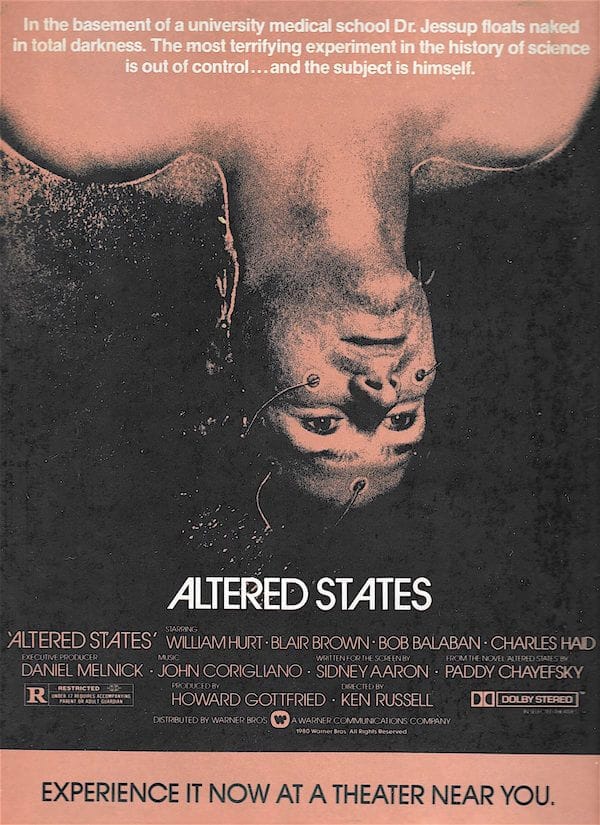
Inspired by the true-life experiments of Dr. John Lilly, a scientist who placed human subjects in total immersion tanks in the 1960s while under the influence of psychoactive drugs to test the limits of sanity, this 1980 film follows Harvard Professor Edward Jessup (William Hurt) as he subjects himself to extreme experiments to reach the inner depths of his unconscious mind. Seeking methods to produce even greater effects, Jessup ingests a concoction made from Native American sacred mushrooms and discovers that everyone who takes it has the same hallucinatory vision, which he concludes are recollections of man’s creation embedded in human cellular memory (ala Jung’s “collective unconscious”). Pushing the limits of his experiments further and further, Jessup manages to alter his mind to the point of altering his physiology, effectively regressing into a more primitive, ape-like version of himself. In a highly climactic and thought-provoking scene, Altered States hurls its characters (along with viewers) back billions of years to the moment of creation and finds nothing there except an anguished scream of “No!” as the primal life force protests its birth. Aside from the dazzling, hallucinogenic special effects (which alone make the film worth seeing), it’s the voyage into the conscious and unconscious mind (where ritualism and perceptions of the supernatural are conceived) that makes this a must-see for students of the occult. As a bonus, you get to witness a pretty authentic reenactment of Native American rituals as well. This now-forgotten film deserves “Cult Classic” status and is much too cool on several levels to just ignore.
Angel Heart (1987)
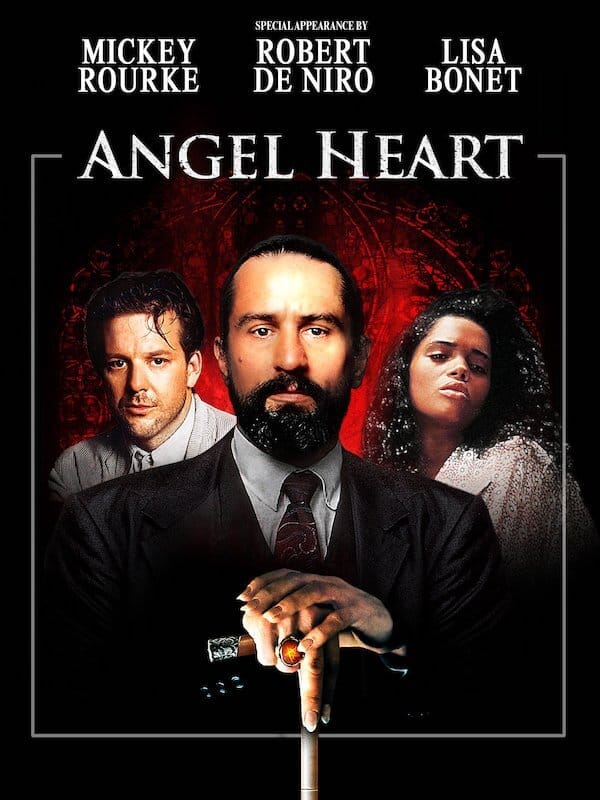
Set in Harlem and New Orleans in 1955, this supernatural thriller is the story of private detective Harry Angel (Mickey Rourke) who is ostensibly hired by Louis Cyphre (Lucifer), played quite convincingly by Robert De Niro, to find a long-lost big-band crooner. Angel’s investigation leads him into a nightmarish world of drugs, crime, murder, and the secret realm of Haitian Voodoo. While the main story is certainly worth the price of admission–especially Lisa Bonet’s convincing portrayal of both a sexually-promiscuous seductress and of a powerful Voudon Mambo (priestess)–it’s the unfiltered look into Voodoo practices that makes this film special. Throughout this movie, viewers are provided little glimpses into the secret realm of Voodoo that when put together, paint an accurate picture of the African/Island perspective of the occult.
The Seventh Seal (1957)
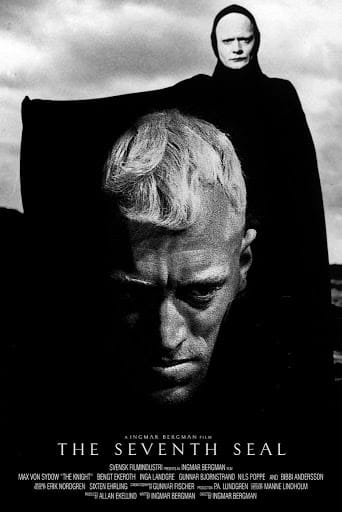
Referring to a passage from the Book of Revelation, this 1957 classic directed by Ingmar Bergman, tells the story of a 14th-century knight named Antonius Block who has just returned home to Sweden after ten years fighting in the Crusades. Upon arrival, he’s met by the Grim Reaper, the personification of the Black Plague that is ravaging the countryside, who has come to claim his soul. Rather than willingly forfeit his life, Block proposes a game of chess deciding whether he will live or die. With the game continuing throughout the film, Block investigates the countryside where he discovers that the Plague has spawned extreme behavior among the villagers: a group of flagellants files past, some carrying heavy crosses, others whipping themselves in penance; a group of men passes with a girl in a cage who is on her way to be burned at the stake for sleeping with the Devil–and bringing the curse of the Plague. By the end of the film, Block is confronted with having to contemplate the true meaning of life. But the beauty of this film for students of the occult is the insight it provides into mankind’s general perception of where the division lies between the natural and supernatural, and how sacred texts like the Bible reflect this understanding. (A quick review of the Book of Revelation may be called for before viewing.)
The Exorcist (1973)
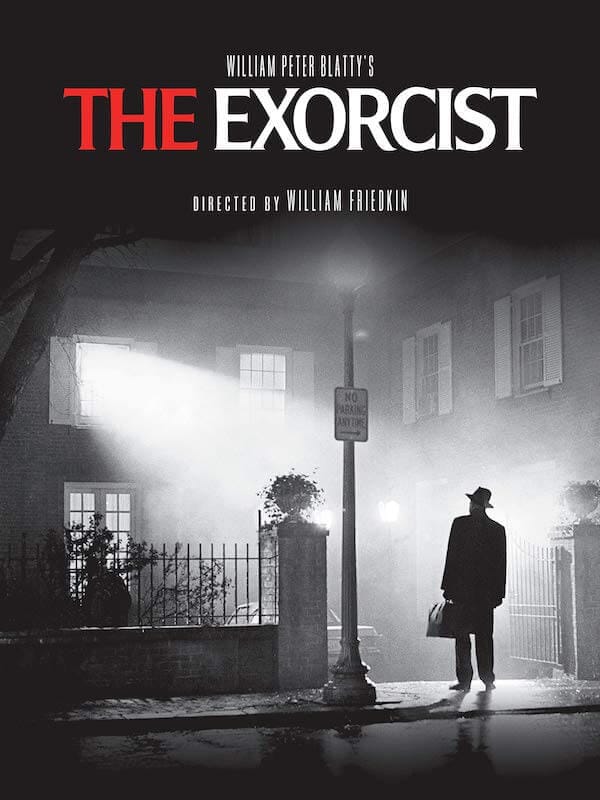
Considered one most shocking and terrifying horror films ever made (the first to make movie-goers vomit in the aisles), The Exorcist is also one of the first films to depict ritual exorcism. (Though once common in the Church, exorcism was banned and reinstated several times throughout the 20th century.) Based on the best-selling novel of the same name, this 1973 film tells the story of a 12-year-old girl named Regan, (Linda Blair), who becomes possessed by the devil. When doctors rule out psychological and physiological causes for her erratic and increasingly violent behavior, a priest is called in to provide spiritual solace. But when he becomes convinced that the girl’s needs far exceed the powers of the natural, an exorcist is called in to evoke the forces of the supernatural–which is the most valuable element of this film for serious students of the occult. Setting aside (the exorcism takes place in the girl’s bedroom), all the essential elements of High Ritual are presented here–down to the letter. Beyond the stunning special effects and heart-pounding fear-ride this film takes viewers on, this film is a lesson in magic and how the elements of ritual–whether Christian, Pagan, or something in between–is universal. It’s a virtual (fill in the belief system) template.
What the #$*! Do We Know!? (2004)
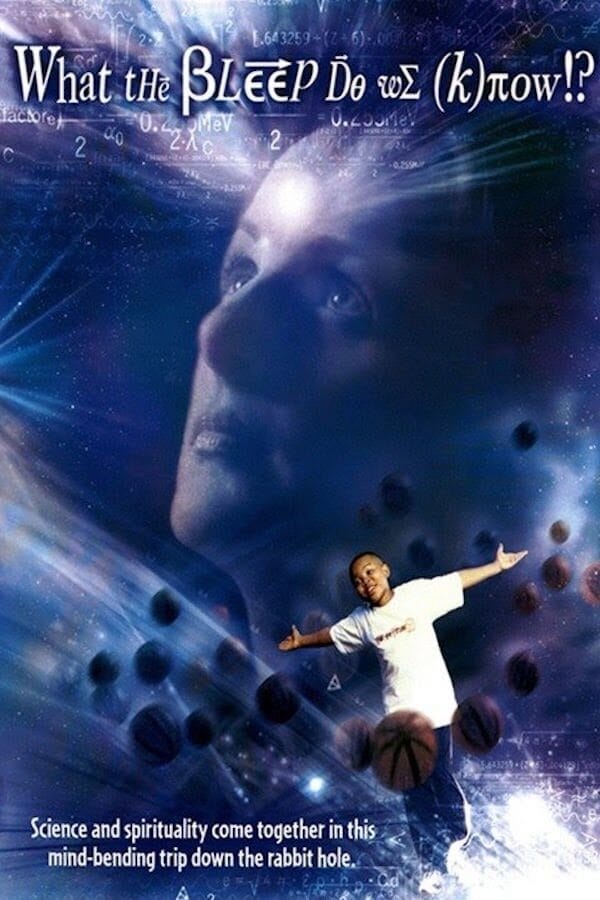
This 2004 film that combines documentary-style interviews, computer-animated graphics, and a narrative that presupposes a spiritual connection between quantum physics and consciousness, What the Bleep Do We Know? is one of the most valuable films an occultist could ask for Occultism 101 and 102. While the storyline follows a deaf photographer named Amanda (Marlee Matlin) as events in her life force her to consider the idea that individual and group consciousness could influence the material world, the plot is just a clever vehicle to explain the science of quantum mechanics, and perhaps more importantly, the multi-dimensional realities of metaphysics (the realm where the human “will” can cause physical change). This film puts into common, understandable language the mechanics of magic and the principles of ritual.
The Witches of Eastwick (1987)
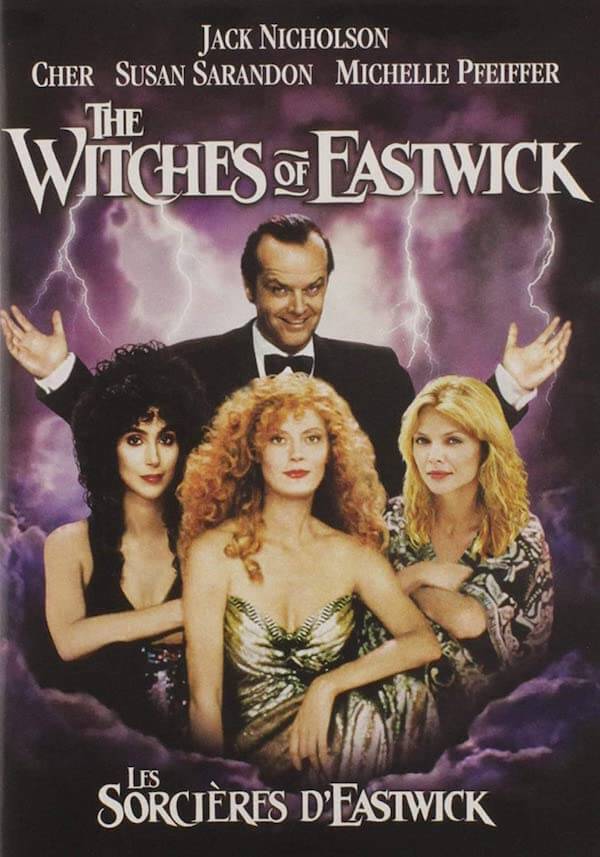
This 1987 comic-horror film based on John Updike’s novel of the same name, which was billed as “a blend of gothic horror and screwball comedy,” is much more than light entertainment for the serious student of the occult. The plot focuses on Alexandra, Jane, and Sukie (Cher, Susan Sarandon, and Michelle Pfeiffer), three sexually-repressed women who resort to witchcraft to summon forth the perfect man. Enter Daryl Van Horne (Jack Nicholson), the Devil personified, a suave, refined, and sexually alluring dream-man who brings them the sexual attention they need and crave. Though superficially this film offers a rather nice vehicle for the four Hollywood stars to display their considerable acting talents, played against Updike’s foray into the realm of metaphysics, it’s the ritual methodology demonstrated by the witches that makes The Witches of Eastwick worth the price of admission (or movie rental, as the case may be). Hidden almost incidentally behind the film’s off-beat quirkiness, the “witches’” demonstration of sympathetic spellwork makes one wonder what exactly John Updike knows first-hand about occult practices.
The Da Vinci Code (2006)
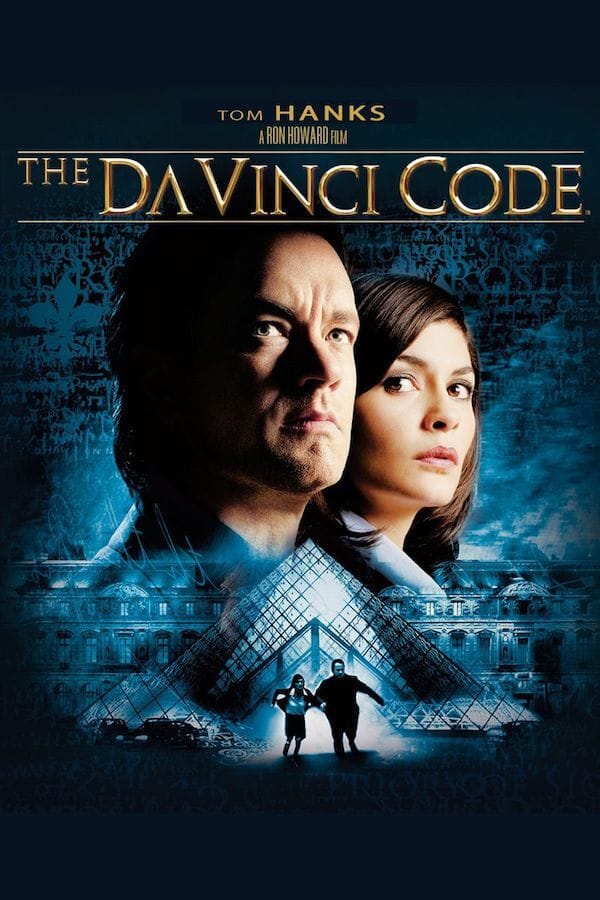
Despite all the hype concerning the literary license Dan Brown may or may not have taken in writing the book on which The Da Vinci Code is based, what is insignificant about this 2006 mystery-thriller is the attention this Ron Howard film gives to the subject of occult symbolism and how it relates to the practice of magic. While the plot follows symbologist Robert Langdon (Tom Hanks) as he becomes enmeshed in a complex web of religious intrigue, ancient mythology, multi-level deceit, and the symbolism said to be hidden in Da Vinci’s masterwork The Last Supper (regarding the true nature of the Holy Grail), it’s the inseparable relationship between symbolism and the occult that is the valuable lesson here. Watch this one once for the plot, then again for the academic, arcane knowledge.
Indiana Jones and the Raiders of the Lost Ark (1981)
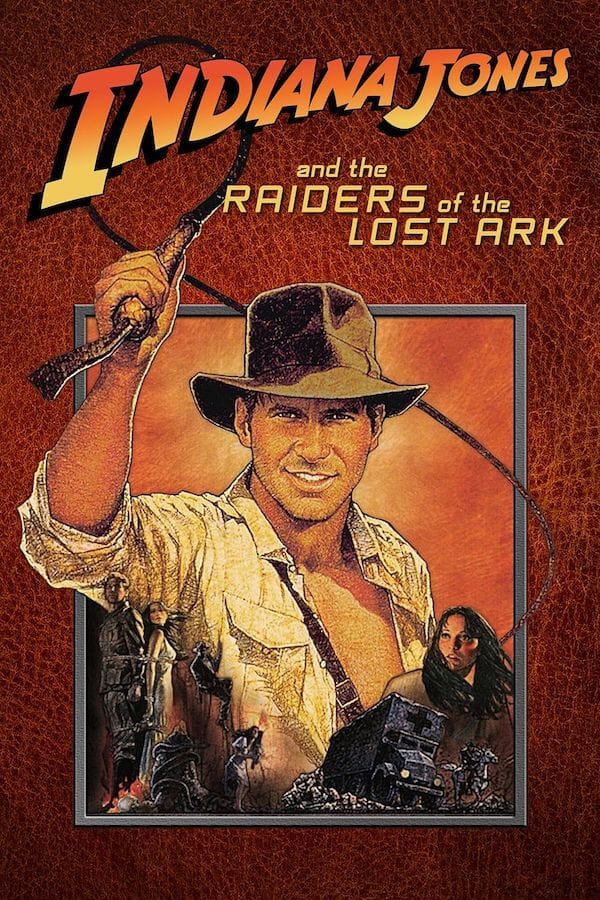
In this one hour and fifty-five-minute thrill-a-minute joyride, Dr. “Indiana” Jones (Harrison Ford) races across Europe to reach Egypt in time to procure the lost Ark of the Covenant (believed to house the Ten Commandments) before Hitler’s Nazis can get their hands on it. Based in part on Hitler’s historic search for Biblical relics which he believed would grant him supernatural power in his bid to establish world domination, The Raiders of the Lost Ark focuses on the ark’s legendary inherent powers said to make any army victorious who carried it before them into battle. Pulling out all the technical sophistication available–and then some–this 1980 award-winning picture is a classic among adventure classics, and well worth watching–whether it’s your first or fiftieth time. But next time you watch it, take special note of the sub-plot background information regarding the ark in its historic and Biblical context, as well as the climactic scene where the ark is finally opened. This was one of the first films ever to depict High Magic in a popular film–and using ritual method even Aleister Crowley would probably endorse!
